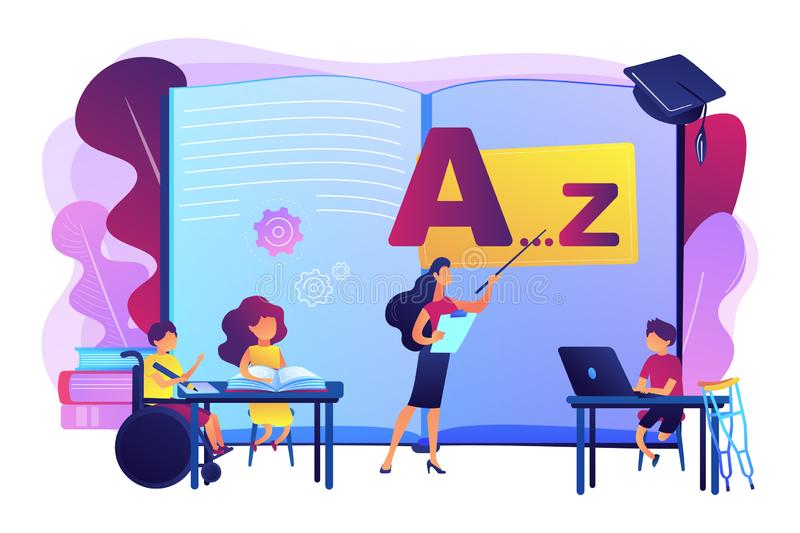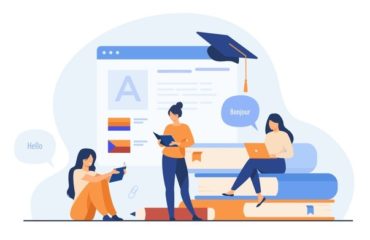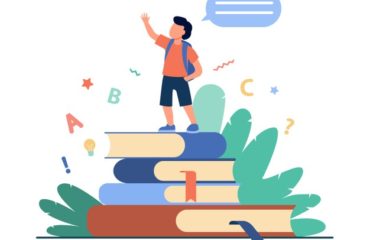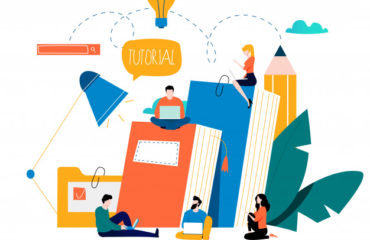
Inclusion begins at home, starting right from the formative years of the child’s education. There is a huge shift in the field of inclusive education, globally with some extremely progressive initiatives in India.
NEXT School is India’s first Big Picture Learning school which makes it entirely unique and one of a kind. It allows personalisation of each child’s education catering to their individual needs, talents and interests. Inclusive education is kept at the prime here and each child’s passions, strengths and core values are given utmost importance here. This makes education engaging and relevant for the child as contrasted with the standardised curriculum where knowledge is force-fed to the children.
In line with this, we decided to feature Seema Jain, to understand the standpoint of a special educator on the happenings of special education and inclusion on the ground in the academic sector.
A mother and an educator, Seema is passionate about learning which enables her to discover strengths and use them to contribute to the world around us. Within the academic limits, she completed her B.Ed and M.Ed from S.N.D.T Women’s University. It allowed her to get an entry into the world of education but the real interesting part was when she had the opportunity to interact with young minds at work! She works with an eclectic mix of SEN and Neurotypical learners. Seema highlighted some really important and clear-cut facts about the aspect of special education and India’s current stance on it:
Why did you choose to be a special educator?
- While I was studying in college I met a gentleman with visual impairment who visited our college for awareness and fundraiser. I was curious to know how he studied and became independent despite his vision loss. That’s when I got to know there was something called special needs education. After which I looked for an education that would enable me to be an SEN educator and joined the program to be trained to be one.
What is your favourite part of your job? What brings you the utmost joy at work?
- Well, my favorite part of the job is the opportunity to interact and connect at a level where I can talk to the child and explore things that they would like to learn rather than all the time impose what a school system would like them to learn. This work happens through the Big Picture component of the work I do with my learners. I have learners with SEN who are exploring Cooking and Catering, Digital Art, DJing, Gardening, Storytelling, Writing, Cooking, Playing Tabla or Piano, Marketing on Instagram page, etc and not just as some kind of extracurricular activity but instead making real world contributions in their chosen interests. This brings a sense of satisfaction and joy, confidence and autonomy in the child that in turn brings joy to me as well.
What is the most difficult part of your job?
- Well, the most challenging parts are also the most exciting parts as I get to think and try things differently along with the child. So, I would say the most challenging part is to constantly question the direction of the work and try to channelize child, parent and my energies in a direction that focuses on identifying his or her (learner’s) own strengths and using them to connect to real-world opportunities that would then lead to opportunities for them to function as independently as possible in the world beyond 4 walls of the school.
What teaching strategies do you use with children with special abilities?
- There is no one strategy that fits all. I would say one thing that does help a lot is learning experiences are meaningful and relatable to daily life challenges. Hands on experiences in dealing with those challenges help go a long way in building confidence in applying the skills learnt.
What has your experience been with IEPs?
- IEP’s is a documentation of the work planned for the child, with the child, keeping in mind the individual goals the child would like to work on. Every school or organization would have their own creative way of working on these goals. So far, I have found that being flexible, making regular updates and reflecting with the child and family helps in providing a learning experience that is not rigid and flexible enough to suit the child’s ever emerging needs. We must understand that as much as IEP’s might give a sense of direction, following a plan from a piece of paper is far less critical than following the child and making changes as and when required along the way as we work with the child and the family.
What do you think your school is doing in terms of being more inclusive? Are there active steps and accommodations in place?
- Well, learners in our school have opportunities to interact and be a part of any session or experience that they would like to be a part of. They may or may not be assessed on every aspect of that session and sometimes opportunities to participate and have peer interaction itself would be the goal. And then there are also individualized as well as small group experiences that allow them to learn at their own pace. The most critical part that the school is doing I would say – is that the child has a voice to select the experiences he or she would like to be a part of.
Share a time when you have been extremely grateful for your work!
- Well, this may sound cliche, but every time I get the opportunity to discuss any child’s interest and hear out what they do beyond ‘academic’ work, when they share their joy and excitement while they share it and I get to listen, are moments that I cherish and feel blessed that they allow me to be a part of it.
How do you think India compares to other countries in terms of inclusive education?
- Well, this is quite interesting as I have travelled to a few places and looked at schools in the UK, Singapore, Japan and the US. I would say we as a country are growing and constantly evolving in the education sector but services in India are much better in the private education sector as compared to the public education sector. In countries like Singapore, the public education system is far more equipped and competent. That includes services for learners with SEN. Again, support services (OT’s, ST’s, Counselling and Therapy services) are something that schools need to be equipped with to provide a holistic program for the child and enable them to be inclusive. These are available in larger cities and towns, but not sure how accessible it is for learners in public schools in smaller towns and cities. Most children with SEN benefit from the advancements in assistive technology which will provide ample opportunities for independent living. India provides some locally developed assistive technologies that are affordable but many technologies especially for individuals with visual impairment are not easy to afford. The physical environment again needs to be suitable for a child with SEN. How many places are accessible for a person with a visual or physical loss so that they can experience independent inclusive living? We are making progress in some areas but we have a long way to go. Openness in the work sector is growing in the past few years and that’s a positive step. But like I said, a lot is required to facilitate independent living opportunities so that learners with SEN can become an inclusive part of our society.
If there is one piece of advice that you would like to give to young parents when they are school hunting, what would it be?
- Look for a school that follows the child not the curriculum.




You must be logged in to post a comment.